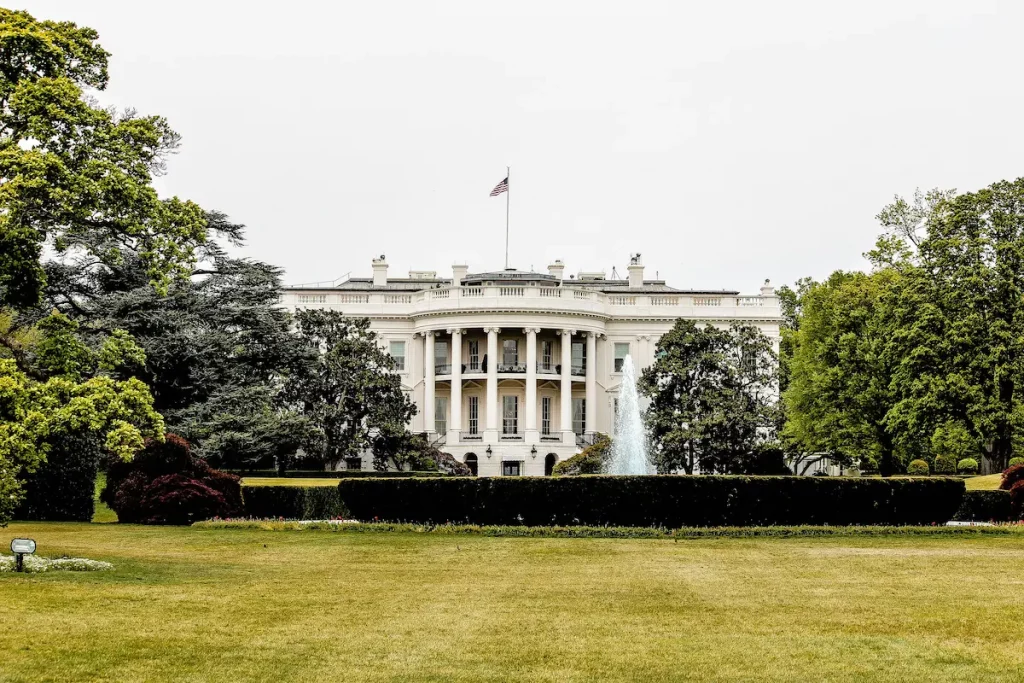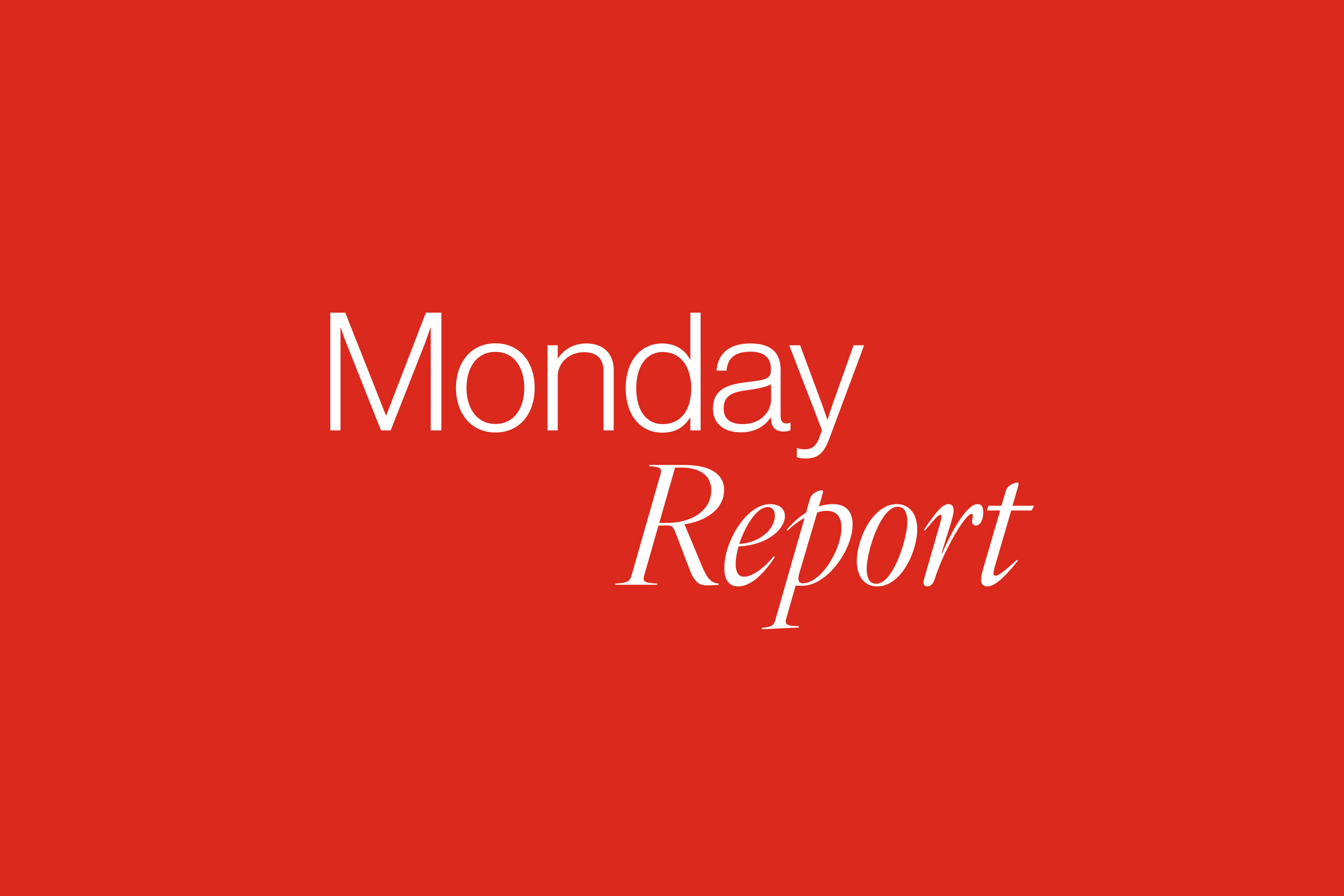Conditions d’utilisations des Services Électroniques de Bordier
Le Client a choisi d’accéder au Compte auprès de la Banque au moyen de la solution Internet de connexion électronique sécurisée de la Banque via son Site Web et l’Appli Bordier, qui permet à l’Utilisateur Autorisé de visualiser le compte en ligne sur des applications mobiles, dénommées conjointement ci-après les « Services Électroniques
1. Type des Services Électroniques
1.1 Les Services Électroniques actuellement mis à disposition d’un Client par la Banque comprennent les éléments suivants : (i) Accès sécurisé à tout Compte du Client via une section de connexion distincte sur le Site Web de la Banque (« le Service d’Accès Web ») ; (ii) Accès sécurisé à tout Compte du Client via une application installée sur un appareil mobile (« le Service d’Accès Mobile »).
1.2 Ces Services Électroniques permettent notamment au Client, d’une part, de consulter l’état actuel de ceux de ses comptes auxquels il a indiqué vouloir accéder via lesdits Services Électroniques et, d’autre part, d’obtenir des informations sur ses Investissements en cours. Le Client peut également utiliser, à ses risques et périls, certains outils d’analyse mis à disposition par la Banque. Même si la Banque s’efforce de mettre à disposition des fonctionnalités comparables sur le Service d’Accès Web et sur le Service d’Accès Mobile, le Client reconnaît qu’en raison de contraintes techniques, il peut y avoir des différences entre ce qu’il lui est possible de faire avec le Service d’Accès Web et ce qu’il lui est possible de faire avec le Service d’Accès Mobile.
1.3 Pour utiliser l’un des Services Électroniques, le Client doit d’abord s’inscrire auprès de la Banque selon les modalités qu’elle pourrait définir (notamment l’identification des Comptes spécifiques accessibles via les Services Électroniques) et ainsi respecter la Partie Huit des présentes Conditions Générales, ainsi que toute autre condition posée par la Banque à l’égard de l’un des Services Électroniques en particulier. Le Client est réputé avoir accepté (sans réserve) les présentes conditions, ainsi que toutes les autres conditions posées par la Banque et applicables aux Services Électroniques, à partir du moment où il clique ou appuie sur un bouton de confirmation ou à partir du moment où il utilise lesdits Services Électroniques pour la première fois (selon la première éventualité).
1.4 Sans limiter la généralité de ce qui précède, l’utilisation du Service d’Accès Mobile est subordonnée à la conformité de l’appareil mobile aux spécifications définies par la Banque et le Contrat de Licence d’Utilisateur Final d’Application Mobile (« CLUF Appli Mobile »). Le CLUF Appli Mobile sera accessible depuis l’application après son téléchargement. Avant que le Client utilise l’application pour la première fois, il doit confirmer son acceptation du CLUF Appli Mobile. La Banque a le droit de mettre à jour ou de modifier le CLUF Appli Mobile à tout moment, mais doit en informer le Client. Dans cette éventualité, le Client doit confirmer son acceptation de ces changements avant de pouvoir continuer à utiliser le Service d’Accès Mobile. À défaut, la Banque ne pourra pas maintenir le service proposé.
2. Accès aux Services Électroniques
2.1 L’accès à l’un ou l’autre des Services Électroniques se fait au moyen de : (a) un code d’identification d’utilisateur (« Code d’Utilisateur ») attribué par la Banque ; (b) un numéro d’identification personnel (« NIP »), initialement attribué par la Banque, mais à modifier obligatoirement par le Client à la première occasion, à sa discrétion, à condition de respecter les spécifications définies par la Banque ; et (c) un appareil d’authentification (« appareil MPU ») qui génère un mot de passe à usage unique (« MPU »), à utiliser conjointement avec le Code d’Utilisateur et le NIP chaque fois qu’un accès est requis. Une fois changé, le Code NIP ne sera pas connu de la Banque.
2.2 Il ne peut y avoir qu’un seul Code d’Utilisateur et un seul NIP pour chaque Client. Cependant, la Banque remettra jusqu’à deux appareils MPU au Client.
2.3 Il incombe exclusivement au Client d’assurer la garde du Code d’Utilisateur, du NIP et de tous les appareils MPU remis par la Banque (même si cet appareil MPU n’est pas physiquement détenu par le Client). Le Client doit informer la Banque dans les plus brefs délais s’il croit ou soupçonne que son Code d’Utilisateur, son NIP ou tout appareil MPU lui a été volé, est perdu ou compromis. Sauf notification, la Banque est en droit de présumer que toute personne qui utilise l’un des Services Électroniques grâce à la combinaison du Code d’Utilisateur, du NIP et d’un MPU généré par un appareil MPU est, soit le Client lui-même, soit une personne dûment autorisée par le Client. Afin d’éviter toute ambiguïté, le Client s’engage auprès de la Banque à approuver (ou à faire sienne) toute mesure prise par une personne qui accède à l’un des Services Électroniques conformément à la procédure définie dans les présentes.
2.4 La Banque a le pouvoir discrétionnaire d’imposer au Client des frais pour couvrir les coûts de remise au Client d’appareils MPU supplémentaires au-delà du deuxième.
3. Déclaration de non-responsabilité à l’égard des Informations disponibles à partir des Services Électroniques.
3.1 Les Services Électroniques permettent au Client d’accéder aux informations relatives à ceux de ses Comptes auxquels il a choisi de pouvoir accéder via de tels Services Électroniques et aux transactions effectuées sur ces Comptes. La Banque peut également mettre à la disposition du Client divers outils d’analyse, qui peuvent être utilisés aux risques et périls du Client. Toutes les informations fournies au Client par le biais des Services Électroniques (y compris au moyen d’outils d’analyse) restent des données à caractère non personnel. Le Client reconnaît que toutes ces informations ne tiennent pas Compte des objectifs d’investissement spécifiques, de la situation financière ou des besoins particuliers du Client.
3.2 Toutes les informations fournies au Client par le biais des Services Électroniques (y compris au moyen d’outils d’analyse) sont, soit fournies par la Banque et ses Sociétés Affiliées, soit obtenues auprès de sources tierces sélectionnées par la Banque et ses Sociétés Affiliées. Bien que toutes les précautions raisonnables soient prises pour s’assurer que toutes les informations fournies sont justes, exactes et complètes, la Banque et ses Sociétés Affiliées ne certifient ni ne garantissent l’exactitude ou l’exhaustivité de ces informations ni les résultats générés par les outils d’analyse. En particulier, lorsque des cours d’actions ou des taux de change sont communiqués par le biais de l’un desdits Services Électroniques, ils sont purement indicatifs et n’engagent pas la Banque. Pour des raisons techniques, il peut y avoir un décalage entre le moment où des informations comme des cours d’actions et d’autres données sont affichées ou diffusées à propos d’un marché pertinent et le moment où ces informations sont fournies au Client via les Services Électroniques. La Banque décline toute responsabilité à l’égard des pertes ou dommages subis par le Client en raison de, ou en relation avec, un tel décalage ou en relation avec l’utilisation des outils d’analyse.
3.3 Dans la mesure où toute information fournie par le biais des Services Électroniques comprend l’expression d’opinions par la Banque, ces opinions ne reflètent que l’avis de la Banque à la date à laquelle elles ont été exprimées et peuvent être modifiées sans préavis, en particulier en fonction de l’évolution des conditions du marché. Ces opinions ne doivent pas être interprétées comme une recommandation de la Banque au Client pour qu’il conclue, cède ou liquide un Investissement. Dans la mesure où toute information fournie via les Services Électroniques inclut la communication d’opinions par des tiers, le Client reconnaît que la Banque n’est pas responsable de cette communication d’opinions et que la Banque ne doit pas être présumée les approuver.
3.4 Conformément à la Partie I, Section II, Article 6 des Conditions Générales, la Banque n’est pas tenue, en vertu de la mise à disposition de l’un desdits Services Électroniques, de donner des conseils d’investissement en tant que service au Client, ni d’agir en tant que conseiller ou fiduciaire. Le Client ne doit pas présumer que des informations fournies par le biais des Services Électroniques font autorité ou remplacent l’emploi de ses propres compétences et jugements pour prendre quelque décision que ce soit. Ces informations peuvent ne pas avoir pris en compte les objectifs d’investissement spécifiques, la situation financière et les besoins particuliers du Client. Avant de prendre une décision au sujet d’un Investissement, le Client accepte de se familiariser avec la nature de la transaction et de lire tous les documents pertinents, légaux ou en matière de divulgation (y compris le prospectus ou la note d’information). Le Client reconnaît que la Banque n’a aucune obligation de conseil envers le Client et qu’il lui appartient de consulter ses propres conseillers s’il a besoin de conseils. En conséquence, le Client accepte que la Banque ne soit aucunement responsable des conséquences de toute décision prise à la suite de l’utilisation de l’un ou de l’autre des Services Électroniques.
4. Accès par les collaborateurs de la Banque
4.1 Le Client reconnaît et accepte que la Banque puisse, par divers moyens (y compris l’utilisation de modules logiciels (communément appelés cookies) et d’autres outils technologiques similaires) accéder à, et collecter des informations relatives à l’utilisation des Services Électroniques par le Client (qui, dans le cas de l’Accès Mobile, peut s’étendre à des informations relatives à l’utilisation générale que le Client fait de son appareil mobile), et le Client accepte et autorise la Banque à disposer de cet accès.
4.2 Dans la mesure où cet accès implique la collecte de données à caractère personnel, régies par la loi sur la protection des données à caractère personnel, la manière dont ces données à caractère personnel sont traitées est régie par la Politique de Confidentialité de la Banque disponible sur notre site internet.
B. BOÎTE AUX LETTRES ÉLECTRONIQUE MISE À DISPOSITION PAR LA BANQUE
1. Description
1.1 Avec son accès aux Services Électroniques, le Client dispose d’une boîte aux lettres électronique sécurisée pour recevoir des messages courants et non urgents émanant de la Banque, ainsi que pour envoyer des messages courants et non urgents à la Banque.
1.2 Tous les documents transmis électroniquement à cette boîte aux lettres électronique sécurisée (y compris, notamment, les avis, états de comptes courants et évaluations) sont réputés être des documents originaux portant les mêmes effets juridiques que s’ils étaient envoyés par courrier ordinaire. Ils sont réputés avoir été remis au Client dès leur réception dans la boîte aux lettres électronique, selon les données des registres de la Banque, ce que le Client accepte comme étant définitif et concluant en l’absence d’erreur manifeste. Ces documents sont généralement stockés dans la boîte aux lettres électronique pendant une période de deux ans, à compter de la date de réception (ou toute autre période de conservation dont la Banque peut décider). À la fin de cette période de conservation, les documents non lus par le Client peuvent être supprimés de la boîte aux lettres par la Banque sans que la Banque ne porte la moindre responsabilité vis-à-vis du Client à cet égard.
1.3 Cependant, tant que le Client ne se connecte pas aux Services Électroniques, il ne recevra aucune notification de message arrivant dans cette boîte aux lettres. La Banque n’a pas davantage l’obligation de rappeler au Client de vérifier périodiquement cette boîte aux lettres ou de l’inviter à le faire. En conséquence, le Client reconnaît que la boîte aux lettres électronique n’est pas un moyen approprié pour recevoir, de la Banque, des messages urgents ou à consulter en temps utile.
C. DISPOSITIONS GÉNÉRALES
1. Support technique
Pour assister le Client dans les questions techniques relatives aux Services Électroniques, la Banque mettra à la disposition du Client un service de support technique entre 9 h 00 et 18 h 00 les jours de semaine (autres que les jours fériés bancaires et les jours fériés légaux).
2. Risques liés à l’accès par Internet
2.1 Les Services Électroniques sont mis à disposition par la Banque sur l’Internet, que ce soit par le biais du navigateur Internet d’un ordinateur ou d’un appareil mobile, ou par le biais d’une application téléchargée et installée sur un appareil mobile utilisé par le Client.
2.2 L’Internet est un réseau public sur lequel la Banque n’exerce aucun contrôle. Le Client reconnaît que l’utilisation de l’Internet comporte divers risques dont il accepte d’assumer l’entière responsabilité. Ces risques peuvent inclure le vol électronique du nom d’utilisateur et du mot de passe du Client, ainsi que le piratage du Compte du Client, ce qui peut entraîner un accès non autorisé aux fonds et autres actifs, le vol d’autres informations et d’autres pertes. Le Client court également le risque que son ordinateur ou son appareil mobile soit infecté par des virus, logiciels espions et autres logiciels malveillants, et que des tiers accèdent subrepticement à son ordinateur ou à son appareil mobile (et à toute information y contenue) par l’utilisation de modules logiciels (communément appelés cookies) et autres outils technologiques similaires. Le Client reconnaît également que les messages qu’il envoie à la Banque par des moyens comme les e-mails ou les SMS ne sont pas nécessairement à l’abri du piratage ou de l’interception, même si ceux-ci sont envoyés par des moyens sécurisés ou cryptés. Bien que la Banque prenne toutes les mesures de sécurité raisonnables pour se prémunir contre de tels risques, notamment l’utilisation de protocoles de cryptage pour sécuriser les informations en sa possession et les messages qui lui sont envoyés, il est impossible d’empêcher le piratage ou l’interception non autorisés.
2.3 Le Client accepte également de supporter le risque de pannes techniques résultant généralement de l’utilisation d’ordinateurs, d’appareils mobiles, d’applications logicielles et d’autres outils technologiques. De telles défaillances peuvent entraîner des pertes ou des dommages sous diverses formes, directes ou indirectes, pour lesquelles la Banque n’assume aucune responsabilité.
2.4 Le Client a la responsabilité de prendre des mesures raisonnables pour empêcher tout accès non autorisé à son ordinateur ou appareil mobile. Les noms d’utilisateur et les NIP ne doivent pas être divulgués à des personnes non autorisées. Ceux-ci, ainsi que les appareils MPU remis par la Banque, doivent être conservés, en permanence, en toute sécurité et toutes les mesures raisonnables doivent être prises pour en empêcher un accès non autorisé. Le Client doit changer régulièrement son NIP et ne doit pas choisir de NIP facilement déductible par autrui. Les MPU générés par un appareil MPU ne doivent être divulgués à personne. Ces obligations sont remplies par le Client, sous sa responsabilité, malgré le fait que le Client puisse choisir de permettre à une autre personne autorisée à accéder aux Services Électroniques en son nom. Si le Client suspecte que son nom d’utilisateur, son mot de passe ou son jeton de sécurité a été volé, perdu ou compromis d’une manière ou d’une autre, le Client a le devoir d’en informer la Banque immédiatement.
2.5 Dans toute la mesure permise par la loi, la Banque n’est pas responsable des pertes ou dommages que le client pourrait subir du fait de son utilisation des services électroniques, y compris les pertes ou dommages résultant de dysfonctionnements du système, de défaillances du réseau, d’erreurs et de retards de transmission, ou d’actes malveillants de la part de tiers.
3. Droit d’auteur
Sauf mention contraire, toutes les informations fournies par le biais des Services Électroniques sont protégées par un droit d’auteur qui peut être dévolu à la Banque, à un autre membre du Groupe Bordier ou à d’autres tiers. Le Client se voit accorder une licence limitée, non transférable et non sous-licenciable pour utiliser les Services Électroniques uniquement aux fins d’accéder aux informations relatives à ceux de ses comptes auxquels il a choisi d’accéder via lesdits Services Électroniques et aux transactions effectuées sur ces comptes. Le Client n’acquiert aucun droit de propriété intellectuelle simplement en utilisant le Service d’Accès Web ou en téléchargeant et stockant des logiciels en relation avec le Service d’Accès Mobile. Les Services Électroniques sont réservés à un usage privé et personnel et la mise à disposition des Services Électroniques ne doit pas être interprétée comme la concession au Client d’une licence plus étendue ou d’un droit d’utilisation d’informations ou de contenu (texte, graphiques, images, marques déposées, marques de service et logos) à d’autres fins (y compris à des fins commerciales ou professionnelles). Le Client s’engage à ne pas reproduire ou communiquer à des tiers les informations qu’il obtient via les Services Électroniques.
4. Restrictions Locales
En fonction des réglementations locales et des réglementations en vigueur au domicile du Client, la Banque se réserve le droit de ne pas fournir certains types d’informations ou d’outils et pourra, sans préavis, faire varier la disponibilité des Services Électroniques ou les conditions dans lesquelles ces derniers sont mis à disposition.
5. Arrêt de l’utilisation des Services Électroniques
5.1 Le Client peut décider, à tout moment, de cesser d’accéder aux Services Électroniques par notification écrite adressée à la Banque. De même, la Banque peut décider, à tout moment, de mettre fin à la mise à disposition des Services Électroniques au Client par notification écrite adressée au Client, ceci sans avoir à motiver sa décision, notamment si la Banque soupçonne l’existence de tentatives malveillantes ou frauduleuses (hackers), menaçant la confidentialité des informations transmises par les Services Electroniques, ou pour toute autre raison.
5.2 La résiliation par le Client du Service d’Accès Web implique nécessairement la résiliation du Service d’Accès Mobile, mais le Client peut choisir de ne résilier que le Service d’Accès Mobile, tout en conservant le Service d’Accès Web. Cependant, s’il résilie le Service d’Accès Mobile, le Client doit, pour des raisons de sécurité, désinstaller ou supprimer l’application de tous les appareils mobiles utilisés pour le Service d’Accès Mobile.
5.3 La résiliation de tout Service Électronique n’entraîne pas nécessairement la cessation d’une relation contractuelle plus large entre la Banque et le Client, à moins que les parties n’en conviennent autrement. En cas de cessation de l’accès aux, ou de la mise à disposition des Services Électroniques, la Banque est en droit d’exiger du Client qu’il restitue à la Banque tous les appareils MPU et tous les autres matériels d’installation que la Banque peut avoir préalablement remis au Client.
6. Loi Applicable et Élection de for
Toutes les relations entre les parties relevant du présent Accord sont exclusivement régies et interprétées conformément aux lois de la Suisse. Les parties conviennent irrévocablement que les tribunaux suisses sont compétents pour régler tout différend susceptible de résulter du présent Accord ou en rapport avec ce dernier et que, par conséquent, toute procédure découlant du présent Accord ou en relation avec ce dernier peut être portée devant ces tribunaux. Aucun élément du présent article ne limite le droit de la Banque d’intenter une action contre le Client devant tout autre tribunal compétent et l’engagement d’une telle procédure dans une ou plusieurs juridictions n’exclut pas l’ouverture de poursuites dans toute autre juridiction, que ce soit concurremment ou non, à moins que cela ne soit interdit par la législation en vigueur. Le Client renonce de manière irrévocable à toute objection qu’il pourrait avoir, maintenant ou à l’avenir, à l’égard des tribunaux suisses désignés pour les besoins du présent Accord, ceci pour des raisons de lieu ou autres et s’engage à de ne pas arguer qu’un tel tribunal n’est pas un for opportun ou approprié.




